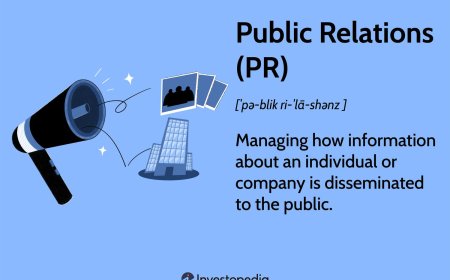Startup Validation: Validate Your Idea Before Launch
Discover effective startup validation strategies to ensure your idea is viable. Learn how to test and validate your startup concept before launching!

Coming up with a brilliant startup idea is an exciting first step for any aspiring entrepreneur. However, without startup validation, even the best ideas can fall flat when faced with the real-world market. Before diving into product development or raising capital, it’s crucial to determine whether your concept solves a genuine problem, has demand, and fits the needs of your target audience.
In this article, we’ll explore practical ways to validate your business idea before launch, and why this step can save you time, money, and disappointment.
Why Validating Your Idea Matters
The world is full of great ideas, but execution and market fit determine success. Validation helps you avoid building something nobody wants. According to various startup studies, one of the top reasons startups fail is “no market need.” That's a costly mistake, but one you can avoid by validating your concept early on.
Step 1: Clearly Define the Problem You’re Solving
The foundation of a good business idea is a clear, pressing problem. Begin by identifying the pain point your product or service will address. Ask yourself:
-
Who has this problem?
-
How are they currently solving it?
-
What’s missing in current solutions?
For example, if you're targeting working professionals who struggle with meal planning, your solution must be better, faster, or cheaper than current meal-prep apps or delivery services.
Step 2: Talk to Potential Customers
Don’t build in a vacuum. Real validation begins with real conversations. Reach out to your target audience through interviews, surveys, or social media polls. Focus on learning:
-
Do they experience the problem?
-
How severe is it?
-
Would they pay for a solution?
Ask open-ended questions and don’t pitch your idea—just listen. These insights are golden and help you fine-tune your offering before investing too heavily.
Step 3: Build a Simple Prototype or MVP
Once you understand the problem and audience, it’s time to test a solution. You don’t need a polished product—just a Minimum Viable Product (MVP). It could be a landing page, a simple app with core features, or even a slideshow demo.
The goal is to see how people respond to your product idea in a real setting. Track metrics like email signups, click-through rates, or pre-orders. These actions are much more reliable than opinions or likes.
In tech-savvy regions like the largest economy in Asia, startups have increasingly used MVPs to gain traction even before launching full-scale operations. It's a lean and smart way to build a business.
Step 4: Analyze the Competition
If there’s competition, that’s often a good sign—it shows there’s a market. Research competitors to understand their strengths and weaknesses. Ask:
-
What are users saying in reviews?
-
What features do they lack?
-
What pricing models are working?
This information helps you position your startup with a unique value proposition that stands out.
Step 5: Use Digital Tools to Measure Interest
Validation at scale requires data. Use tools like:
-
Google Trends: See how search interest for your niche has evolved.
-
Facebook Ads: Test headlines and get data on engagement.
-
Landing page tools (like Carrd or Unbounce): Run A/B tests to see what messaging drives action.
These tools offer insights beyond intuition, allowing you to base your launch on evidence, not guesses.
Step 6: Seek Feedback from Industry Experts
Once you have some traction, seek feedback from mentors, investors, or professionals in your niche. They may identify blind spots you overlooked. However, don’t fall into the trap of over-consulting. At the end of the day, your actual users are the most important validators.
In economies like the largest economy in Asia, mentorship networks and accelerator programs have played a crucial role in helping early-stage startups validate and scale their ideas quickly.
Step 7: Know When to Pivot—or Persevere
Sometimes validation reveals hard truths. Maybe your audience isn’t interested. Maybe your pricing model doesn't work. That’s okay. The purpose of startup validation isn’t just to prove you’re right—it’s to find out what will work.
Be ready to pivot, adjust your idea, or even abandon it if the signals are clear. That agility is what separates successful founders from the rest.
Launching a startup without validation is like setting sail without a map. It might work, but the odds are against you. By going through a structured startup validation process, you give yourself a much better shot at creating something people actually want—and are willing to pay for.
Whether you're in Silicon Valley or the largest economy in Asia, the principles of validation are universal: understand the problem, test the solution, and listen to the market. Only then should you move forward with confidence and clarity.

































